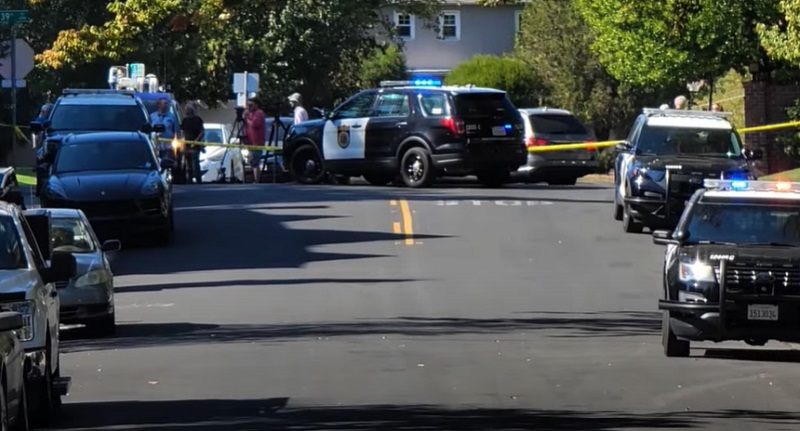
If there is one area of law enforcement that retains the respect and fascination of the public it is the murder detective. Americans are fascinated by murder. The harder to solve, the better. The most incongruous the setting, the better. The prettier the victim, the smaller the town, and the more violent or bizarre the better.
I gave up trying to count the number of true crime television shows. One can’t swing a dead cat (cause of death undetermined) without finding one. Sure, there are shows about big robberies, con games, organized crime, and other kinds of crime and mayhem, but murder is the big winner. Removing sports from the equation, crime shows are a third of the top fifty shows on network television. Toss in streaming services and small networks and the opportunity to watch homicide cases, fictional or historical, is endless.
Television violence was examined as a public health concern was examined in a report from the U.S. Surgeon General in 1972, and for a while the violence of video games gained attention and blame for murder and mass shootings, but the ubiquity of crime TV seems to have overshadowed concern about its effect on society.
Keep in mind that in 1972 it was network television that commanded the public’s attention. The violence consisted largely of suggestion imagery. Autopsy scenes were not realistic or graphic. Cowboys and Indians died bloodlessly, although bar fights featured busted lips and fake blood. It wasn’t long until cable television, far from the content control of FCC regulators, created a demand for realism. Whereas Gunsmoke might show a shooting victim clutching their chest over a wound, CSI followed the bullet closeup as it traveled into the body splitting flesh and bone.
During this writer’s experience as a death investigator, witnesses and survivors were not only bystanders to tragedy, they were armchair detectives anxious to offer theories and point out evidence. Police and prosecutors have noted what is referred to as the “CSI effect” among jurors who now expect DNA and microscopic evidence in every case regardless of its availability or relevance.
What does this massive fandom of murder shows mean? It could mean the devaluing of human life, akin to the spectator sport of the Roman battles to the death in the Colosseum. It could mean just the opposite, that we are appalled at the loss of life and want to see justice win. It might be that in immersing ourselves in death stories we are confronting our uncertainty about our own mortality, affirming the relief that we are still alive and these things happen to other people.
In terms of public attitudes toward the police, the national conscience seems to celebrate the work of investigators. That respect is well-deserved. Every law enforcement assignment has its challenges, but the detective’s lot has its own unique hurdles. Their hours are unpredictable. The pressure and emotional strain are palpable. Their fear of missing a detail or clue that would have solved the case or won in court is ever-present. Televised re-creations of their efforts portray them as tireless and dedicated. That bodes well for the reputation of what is often considered the elite epitome of police work.
On the other hand both the reality shows, re-enactment shows, and fictional stories set up some unrealistic expectations. With a notable (30%) increase in homicides across the country, concentrated in urban areas and often in those areas with less support for law enforcement, the unsolved murder rate hovers at around 50%. Fortunately, for public confidence, the murders on television are almost always solved. No producer wants to leave the viewer unsatisfied about justice.
The public has grown to expect adequate resources to be focused on solving murders. They expect the FBI and state investigative agencies to swarm to the case, bringing vans with highly technical crime scene processing tools. This may be the case, but ask any homicide detective if they always have the staff and resources to do the kind of investigation they really want, and find out – especially in those cities where patrol officer shortages are so severe that detectives are pulled from their duties to return to uniform patrol.
Let’s be optimistic and say that these shows increase a viewer’s appreciation for life and for those who speak for the ones who have been silenced by violence. And don’t defund detectives.